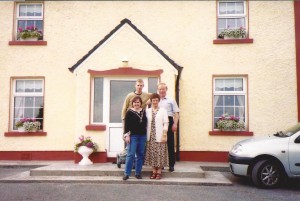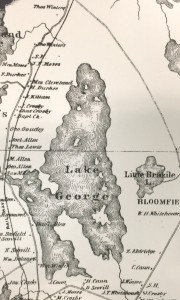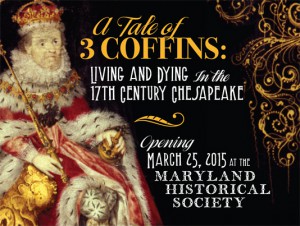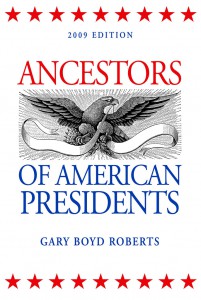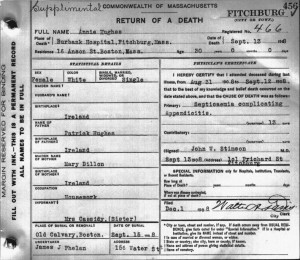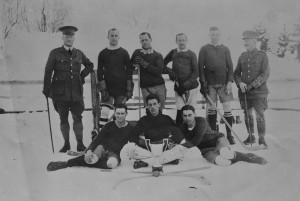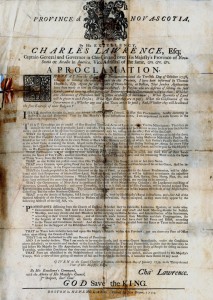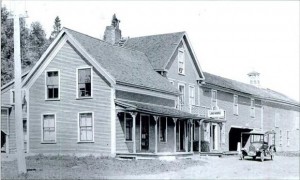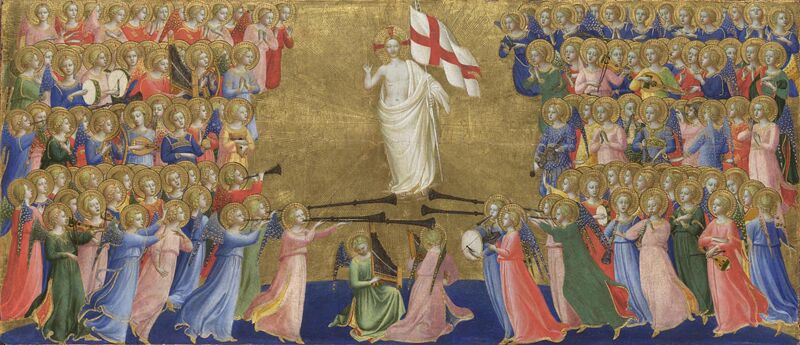[Editor’s note: Katrina Fahy has written a number of posts on researching her Scottish, Irish, and German ancestors. Some of her techniques – and successes – are excerpted below.]
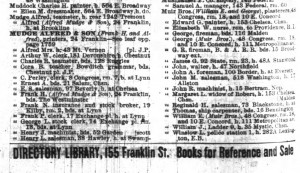 From Finding William Muir: When I began working as a genealogist, my mother expressed great interest in learning more about her father’s family: the Muirs. While she had much information on her mother’s side of the family, which was quite large, she knew little about her father’s side of the family beyond her grandparents, so I began there… Continue reading Strategies for Scottish and Irish research
From Finding William Muir: When I began working as a genealogist, my mother expressed great interest in learning more about her father’s family: the Muirs. While she had much information on her mother’s side of the family, which was quite large, she knew little about her father’s side of the family beyond her grandparents, so I began there… Continue reading Strategies for Scottish and Irish research
